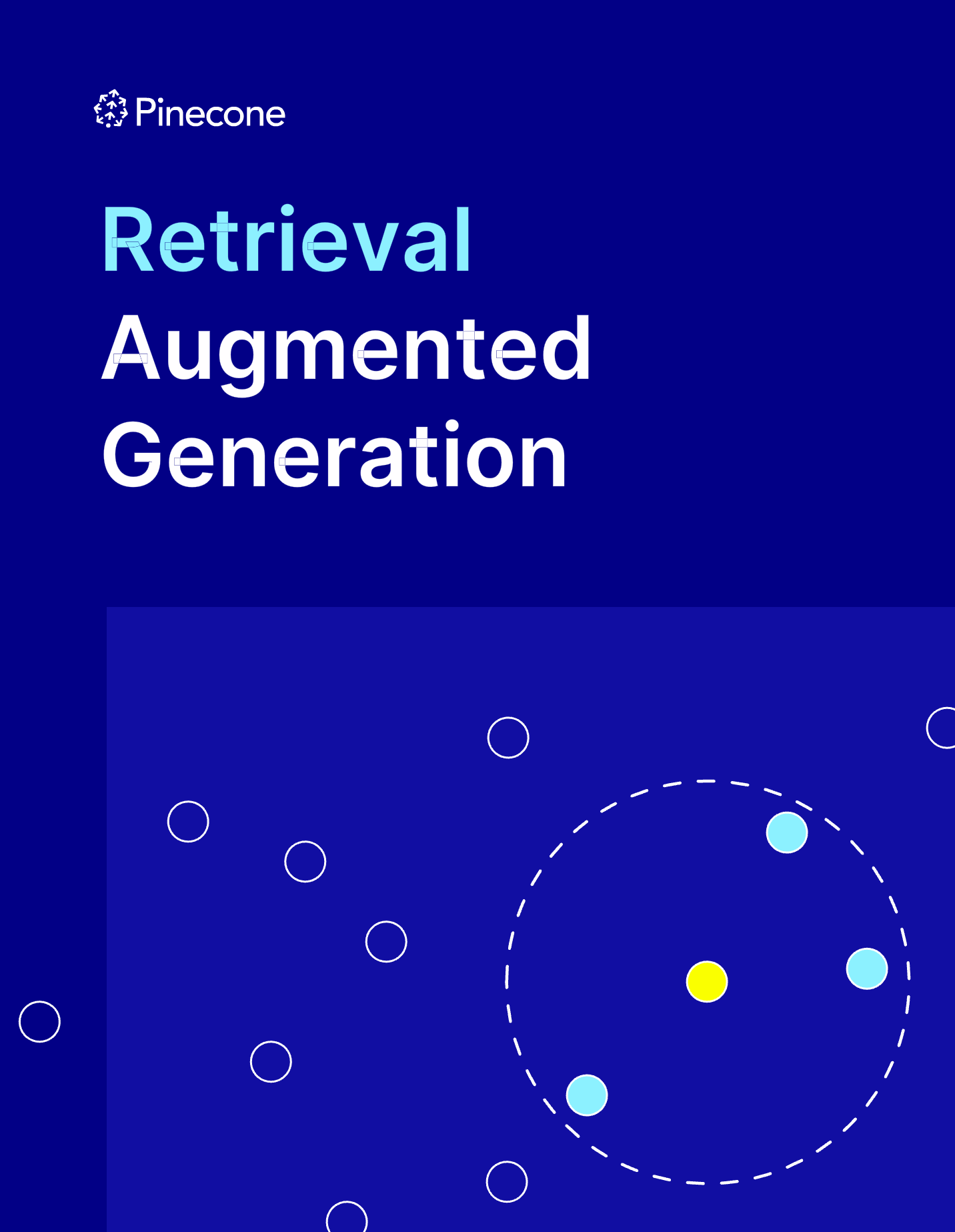Retrieval Augmented Generation
Retrieval Augmented Generation (RAG) has become an essential component of the AI stack. RAG helps us reduce hallucinations, fact-check, provide domain-specific knowledge, and much more. Here, we will learn how to make the most of this powerful technology.

Introduction
Retrieval Augmented Generation (RAG) has become the go-to method for sorting and organizing information for Large Language Models (LLMs). RAG helps us reduce hallucinations, fact-check, provide domain-specific knowledge, and much more.
When we start with LLMs and RAG, it is very easy to view the retrieval pipeline as nothing more than plugging a vector database into our LLM — and this can be enough for prototypes or simple use cases. However, there is a lot more we can do with retrieval than this, we can create much more powerful and sophisticated retrieval systems. Our LLMs require good input to produce good output, and retrieval is an essential component of that.
In this ebook, we will learn how to build better RAG systems using advanced techniques such as two-stage retrieval with reranking, hybrid search, multi-query, and much more.
New chapters coming soon!
Get email updates when they're published:
Hybrid Search
Enhance Search Scope with Multi-Query
Metadata-Enhanced Generation
Optimizing Agents for Search
Small Model Agents with Grammars